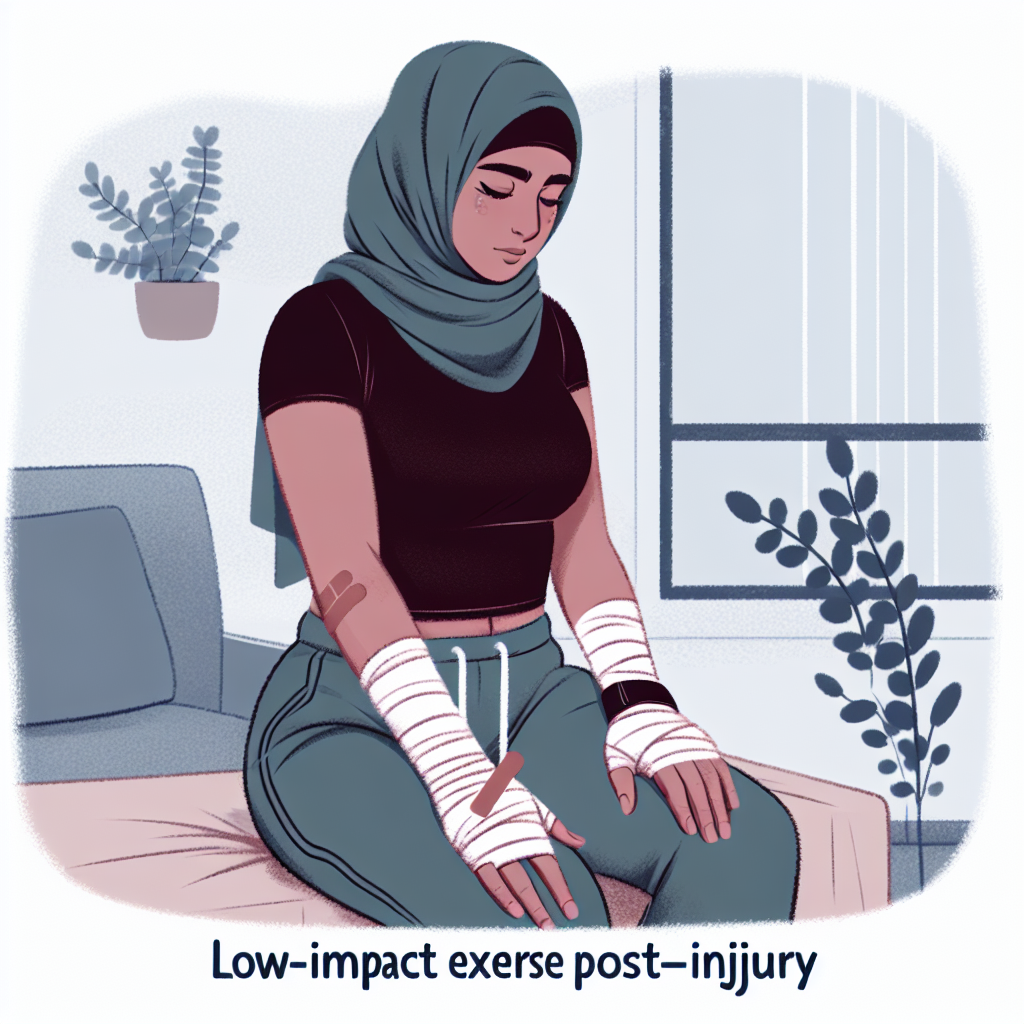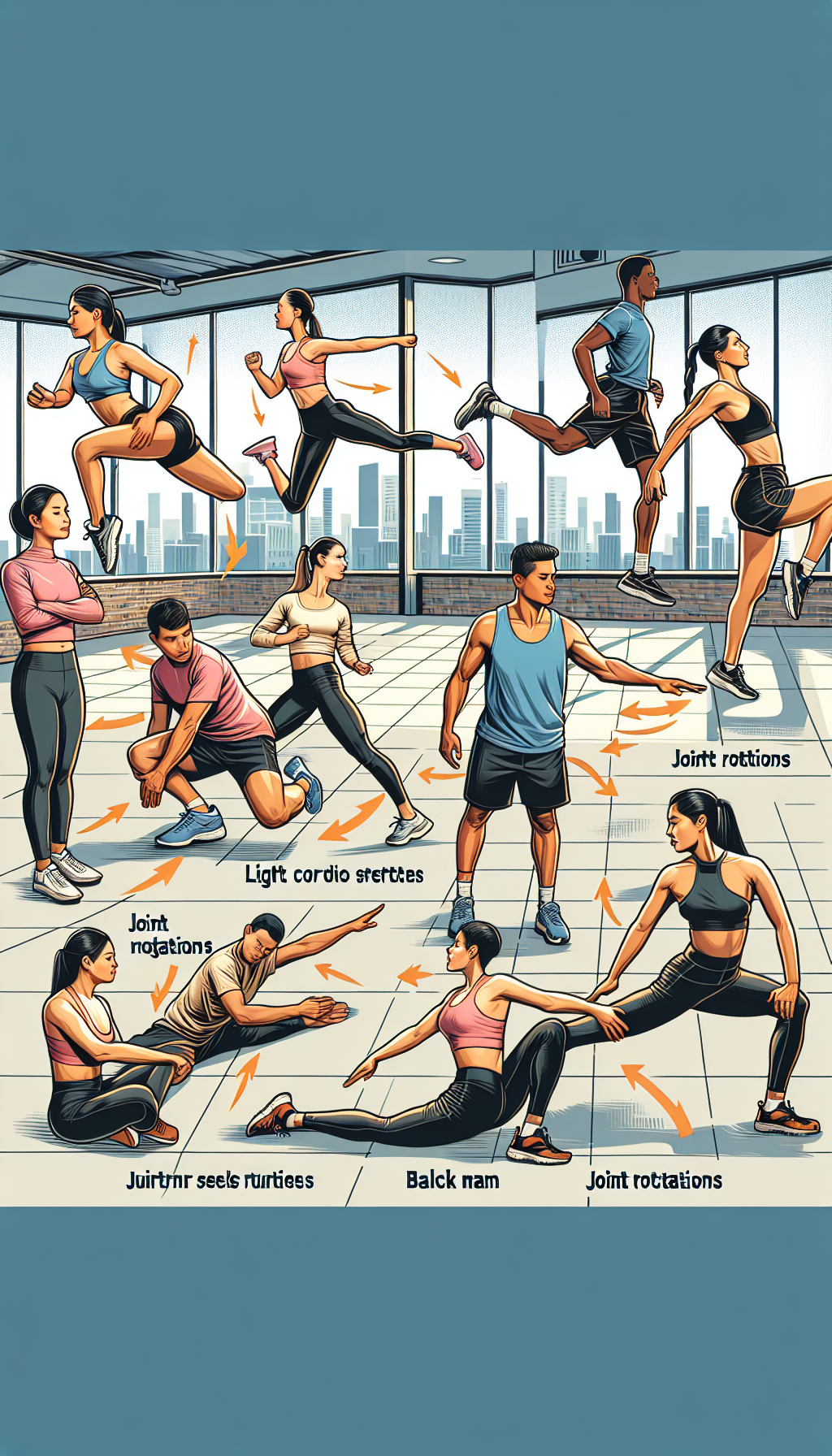Maintaining a regular fitness regime is an essential component of a healthy lifestyle, yet it is not without its risks. Injuries can be a common setback, ranging from minor strains to more significant issues that require extensive recovery time. Understanding how to prevent, manage, and recover from these injuries is crucial for sustaining a long-term fitness journey. This comprehensive guide will detail strategies to overcome common fitness injuries, helping you to stay on track with your health and fitness goals.
The Prevalence of Fitness Injuries
Fitness injuries can occur across all levels of physical activity, from amateur enthusiasts to professional athletes. These injuries often result from overexertion, improper technique, lack of warm-up, or insufficient recovery time. Common fitness injuries include muscle strains, sprains, tendinitis, and stress fractures. It is important to recognize the signs of these injuries early on to prevent further damage and ensure a quicker return to your fitness routine.
Preventative Measures
Preventing injuries is always preferable to treating them. Here are some strategies to minimize your risk:
-
Warm-Up Properly: Engaging in a dynamic warm-up can increase blood flow to your muscles and improve flexibility, reducing the risk of strains and sprains.
-
Improve Technique: Incorrect form can lead to unnecessary stress on certain body parts. Work with a trained professional to ensure that you are performing exercises correctly.
-
Increase Intensity Gradually: Avoid the temptation to increase your workout intensity too quickly. Gradual progression allows your body to adapt safely to new stressors.
-
Incorporate Rest Days: Your body needs time to recover. Rest days are essential to prevent overuse injuries and allow for muscle recovery and growth.
-
Strengthen Muscles: A balanced workout regimen that includes strength training can bolster the muscles around critical joints, providing better support and reducing the risk of injury.
For specific information on maintaining overall fitness health, consider reading about sustainable fitness habits for long-term health.
Managing Acute Injuries
Should an injury occur, the RICE method (Rest, Ice, Compression, Elevation) is a widely recommended first-aid treatment to manage pain and swelling. Additionally, over-the-counter pain relievers can help alleviate discomfort. For more specific guidance, consult the medication & supplements section of Avix Health.
It’s also important to consult a healthcare professional for a proper diagnosis and treatment plan. Physical therapy may be recommended to rehabilitate the injured area effectively.
Long-Term Recovery Strategies
Recovering from a fitness injury often requires a multifaceted approach:
-
Physical Therapy: Skilled therapists can guide you through exercises that restore strength, flexibility, and mobility without exacerbating the injury.
-
Alternative Exercise: Engaging in low-impact activities such as swimming or cycling can maintain fitness levels while avoiding stress on the injury.
-
Nutrition: Proper nutrition is vital for healing. Nutrient-dense foods can provide the building blocks your body needs to repair tissues.
-
Mental Health: Staying positive is key to recovery. Techniques such as meditation and visualization can keep you mentally engaged with your fitness goals.
For additional insights into combining different fitness approaches for a balanced recovery, refer to yoga and fitness: a complementary approach.
Special Considerations for Chronic Injuries
Chronic injuries, such as tendinitis or stress fractures, may require a more in-depth intervention:
-
Modify Activity: Adjust your exercise routine to avoid movements that exacerbate the injury.
-
Use Supportive Gear: Braces or orthotics can help support the injured area and distribute stress more evenly during physical activity.
-
Seek Professional Help: Persistent injuries should be evaluated by a sports medicine specialist or an orthopedic surgeon to explore all treatment options.
Returning to Fitness After Injury
Once you’ve been cleared to resume exercise, it’s crucial to ease back into your routine. Here are some steps to follow:
-
Start Slowly: Begin with low-intensity workouts and gradually build up to your previous levels.
-
Listen to Your Body: Pay attention to any pain or discomfort that may indicate you’re pushing too hard.
-
Focus on Flexibility: Incorporate stretching and mobility exercises to maintain a full range of motion.
-
Build Core Strength: A strong core can improve stability and reduce the risk of future injuries.
For a deeper understanding of crafting workouts to fit a busy schedule, which is often essential after returning from an injury, browse through maximizing workout efficiency for busy lifestyles.
Expert Resources
To complement your recovery journey, consider these niche resources:
-
The American College of Sports Medicine provides guidelines and position stands on various aspects of exercise and injury prevention (ACSM’s Current Comment on Exercise and Physical Activity).
-
The National Strength and Conditioning Association offers resources on strength training, conditioning, and injury prevention (NSCA’s Performance Training Journal).
-
For those looking to understand the biomechanics of injuries, the Journal of Biomechanics covers in-depth research (Journal of Biomechanics).
-
Rehabilitation techniques and patient education can be found through the Physiopedia website, which offers peer-reviewed articles and resources (Physiopedia).
-
For nutrition advice specific to recovery, Examine.com provides evidence-based information on supplements and nutrients (Examine’s Supplement Guides).
In conclusion, while fitness injuries can be a frustrating hurdle, with the right knowledge and resources, you can overcome them and return to your active lifestyle with confidence. Be sure to listen to your body, seek professional guidance, and incorporate a well-rounded approach to both prevention and recovery.



